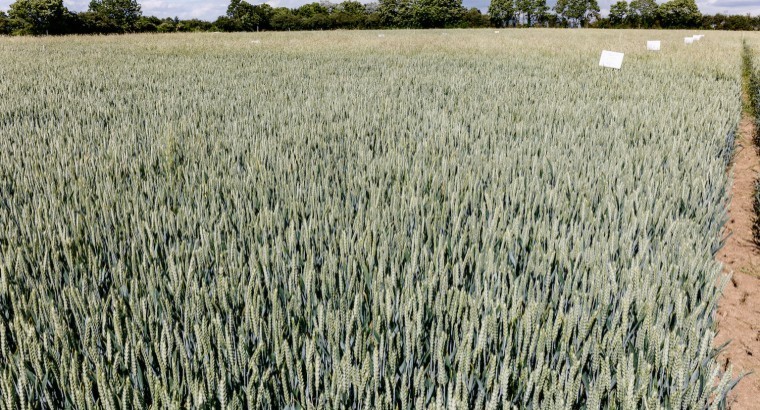A novel residual herbicide that enhances control of blackgrass in winter wheat could prove a valuable addition to post-emergence spray programmes this autumn.
Although a robust pre-emergence herbicide stack combined with cultural methods is key to optimising early control of blackgrass, a post-emergence follow-up is often required a few weeks later to top up levels of residual chemistry.
Independent agronomist Bob Simons says Xerton, which contains ethofumesate, proven as an active ingredient in sugar beet programmes, looks a good option to help maximise blackgrass kill when used at the post-emergence timing.
“I was involved in demonstrating some Agrovista trials this season, which clearly showed that adding Xerton to flufenacet + diflufenican provided a noticeable uplift in control.”
Xerton was applied at 0.6 litres/ha, providing 250g/ha of ethofumesate, tank mixed with 240 g/ha flufenacet and 60 g/ha diflufenican.
The observation was backed by results from three sites heavily infested with blackgrass this season. These results show the addition of Xerton to the same flufenacet/diflufenican combination provided a 6% uplift in control when following pre-em Avadex Excel 15G and a pre-em flufenacet-based stack (see graph). The difference more than doubled when the chemistry was pushed even harder, following pre-emergence Avadex Excel 15G only.
The first result mirrors the average improvement in control using similar chemistry in over 150 Agrovista trials over the past six seasons.
“Xerton looked to be a very useful addition to the existing residual base,” says Mr Simons. “This uplift could make the difference between growers avoiding yield loss and reducing the seed bank in the soil, or not doing so.
“Visitors were surprised at the contribution the Xerton was making, and I got the impression that more people would be trying it this season to see for themselves how to get the best from it.”
The trials demonstrated the value of hitting blackgrass hard and early, he adds. “The stacking and sequencing of these residuals took place in a short space of time, almost as if the blackgrass was struggling to recover.
“We used to spray post-ems like Atlantis only when the blackgrass was actively growing, but in this sequence the opposite appears to be true.”
Louise Dalgliesh, campaign manager for Xerton manufacturer UPL Europe Ltd, says there is no known blackgrass resistance to the molecule, which is taken up by emerging shoots and translocated to the foliage.
“It also has a different mode of action to the majority of actives used for weed control in winter wheat, which helps to support resistance management strategies,” she adds.
Xerton can also be used against other grass weeds in wheat, including brome and annual meadow grass. The product is available through most distributors this autumn, says Ms Dalgliesh.
Xerton should be applied with 120-240g of flufenacet, depending on blackgrass severity, soon after the crop has emerged, at 2-6 leaves, preferably before black-grass is showing.
Pictured: Xerton Agrovista trials




